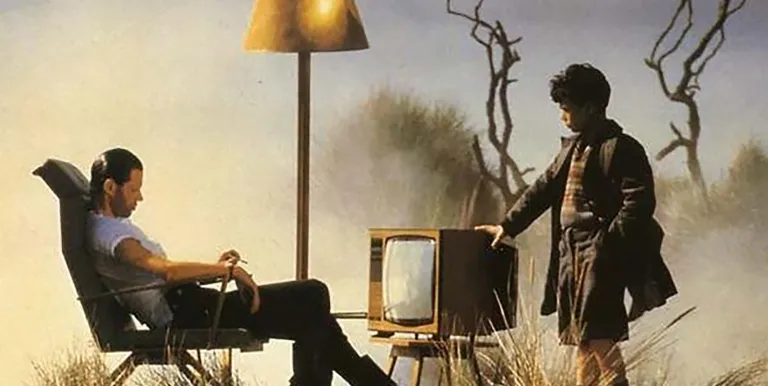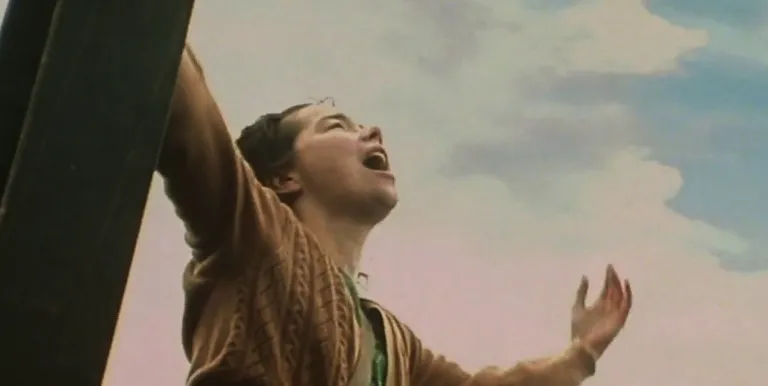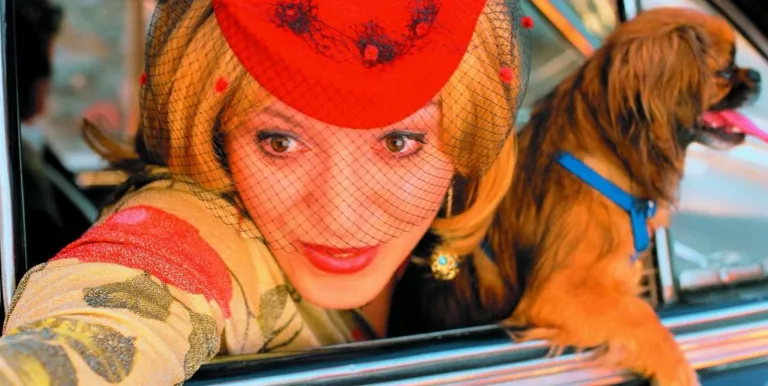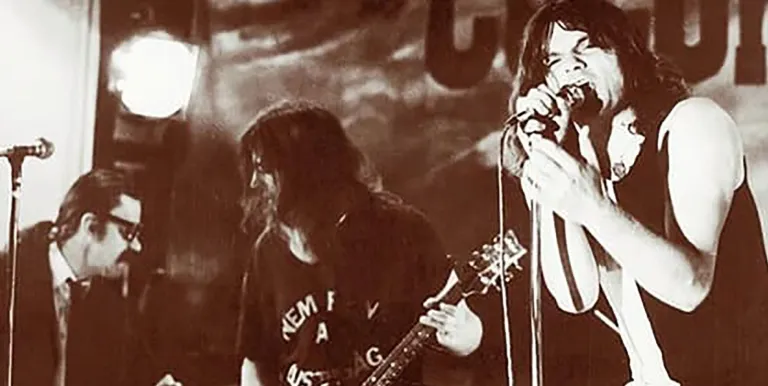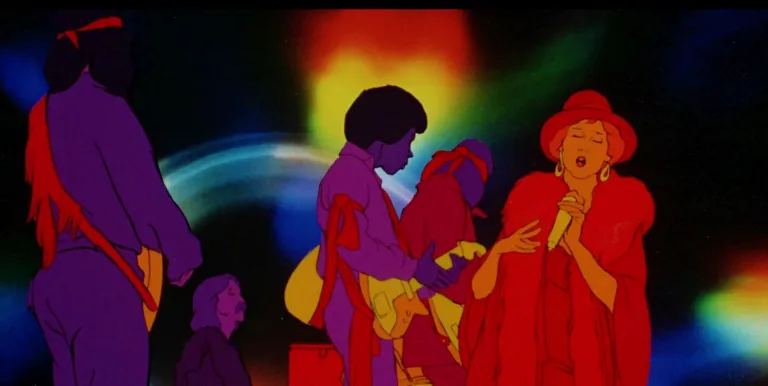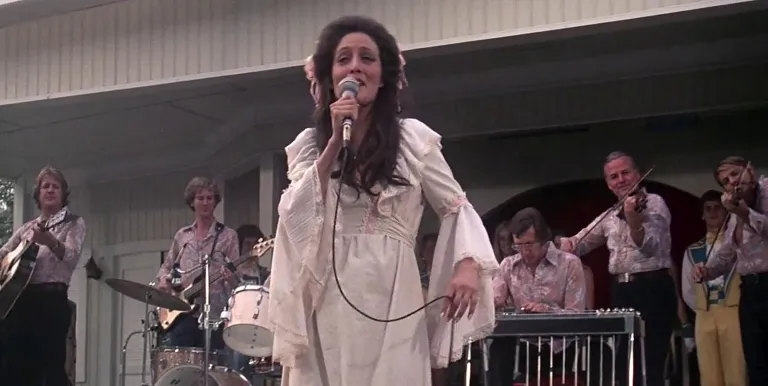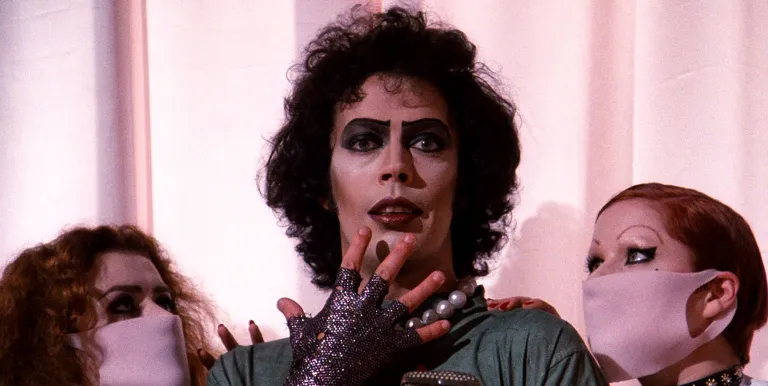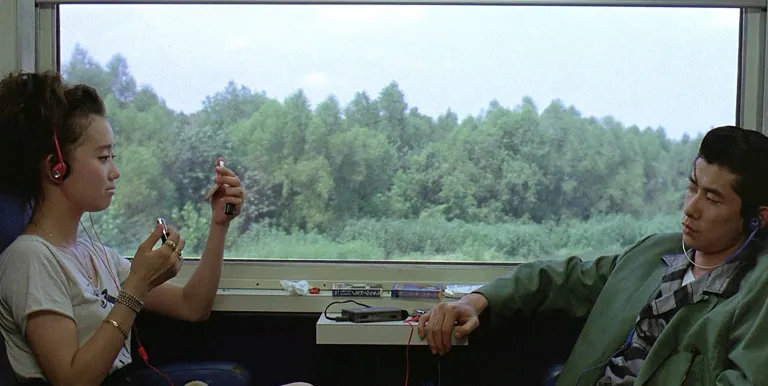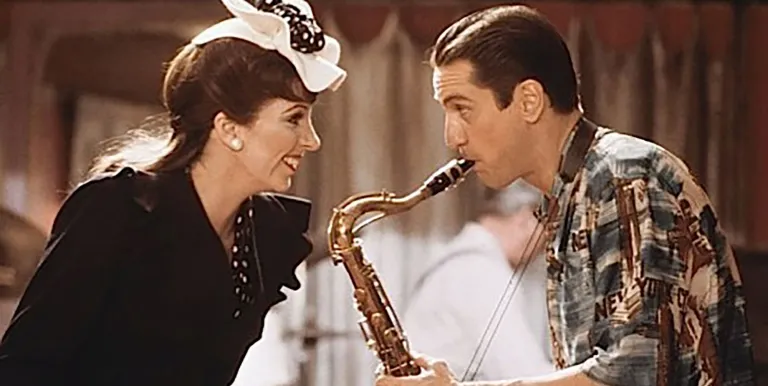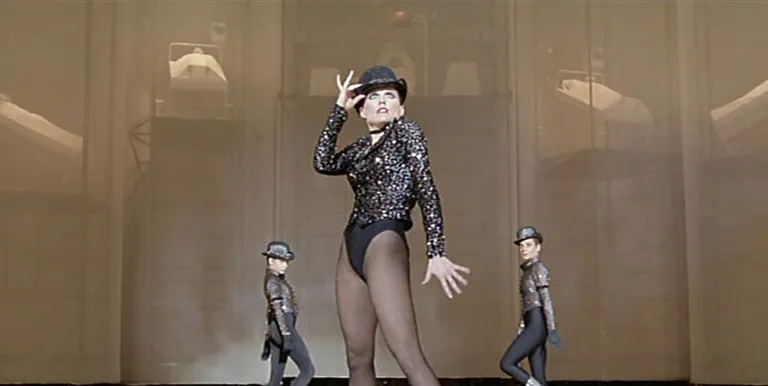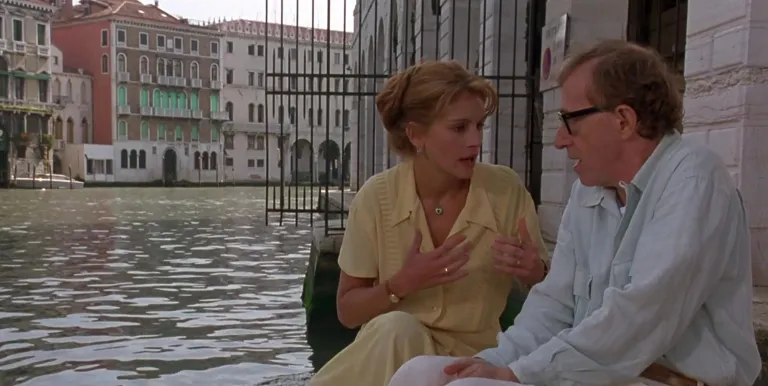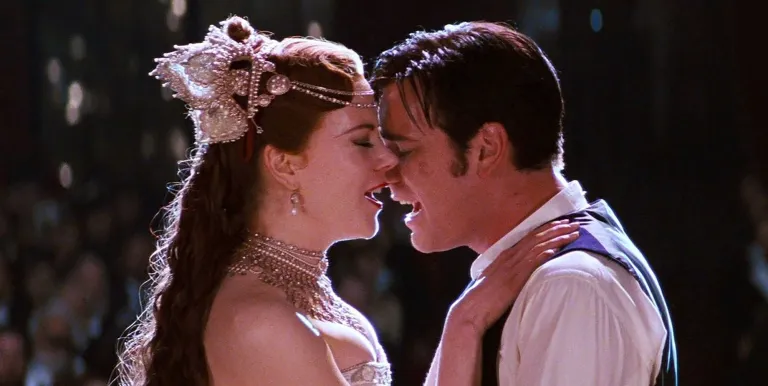
Müpa Film Club
Music Till Death Do Us Part
“What am I without music?” sang Péter Máté, a sentiment we find it hard to argue with. At the heart of the new season of Müpa Film Club is the music that inspired countless films, each of which defined their own eras. One of the world’s most influential bands, The Beatles are represented straight off by two films: Help!, which aims to capture that Monty Python feeling, and Yellow Submarine, a movie that draws on the poster art of its time. Both continue to serve up surprises even on repeat viewings.
And then there is the rock opera Lisztomania, which conjures up a brazen and scandalous picture of Franz Liszt, the world’s first pop star. Of all the films with a Hungarian connection, we couldn’t possibly leave out Péter Timár’s bitter-sweet and endlessly loveable Csinibaba (Dollybirds), which has more than its fair share of classic quotes interspersed among the timeless hits.
In any road movie, the songs used to provide a backdrop are often at least as important as the images flickering on the screen. Good examples of this phenomenon are Easy Rider, which opened a new chapter in film history, and its close cousin Zabriskie Point. In George Lucas’s second film, the five times Oscar-nominated American Graffiti, the car radio is playing in every vehicle, conjuring up the authentic atmosphere of the 60’s at every turn.
Prior to and after the screenings, the film aesthete András Réz will hold open discussions that will reveal a tonne of fascinating facts and behind-the-scenes secrets that are sure provide an even deeper insight into the film in question.
Come and join us!


